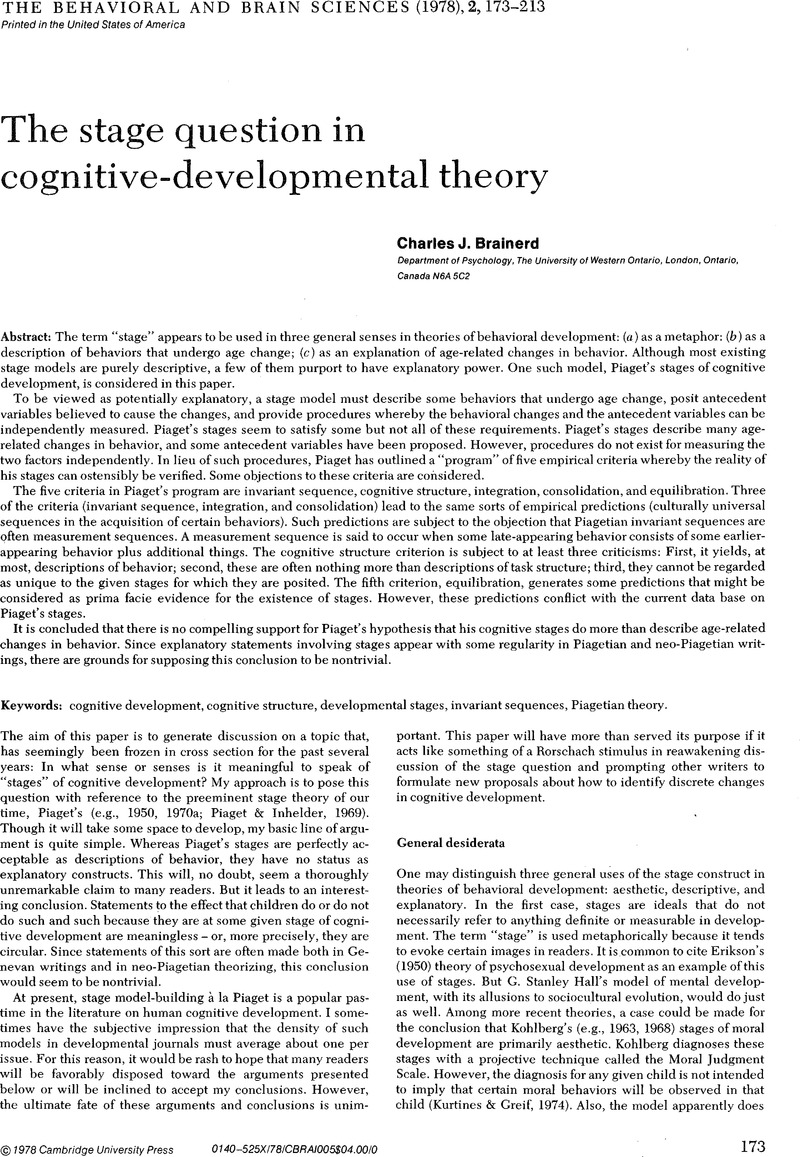Crossref Citations
This article has been cited by the following publications. This list is generated based on data provided by Crossref.
Fischer, Kurt W.
and
Bullock, Daniel
1981.
Patterns of data: Sequence, synchrony, and constraint in cognitive development.
New Directions for Child and Adolescent Development,
Vol. 1981,
Issue. 12,
p.
1.





